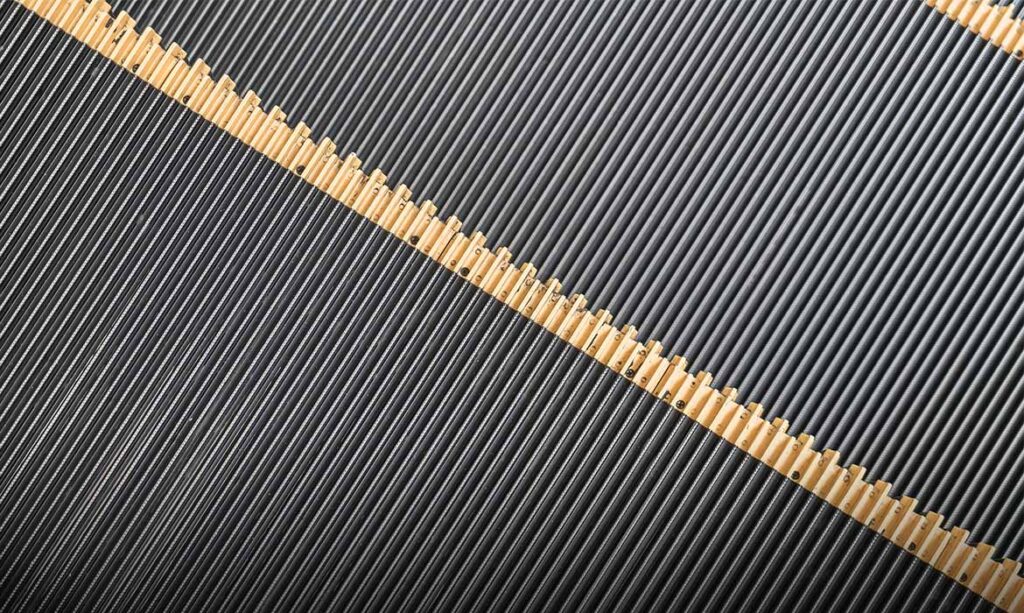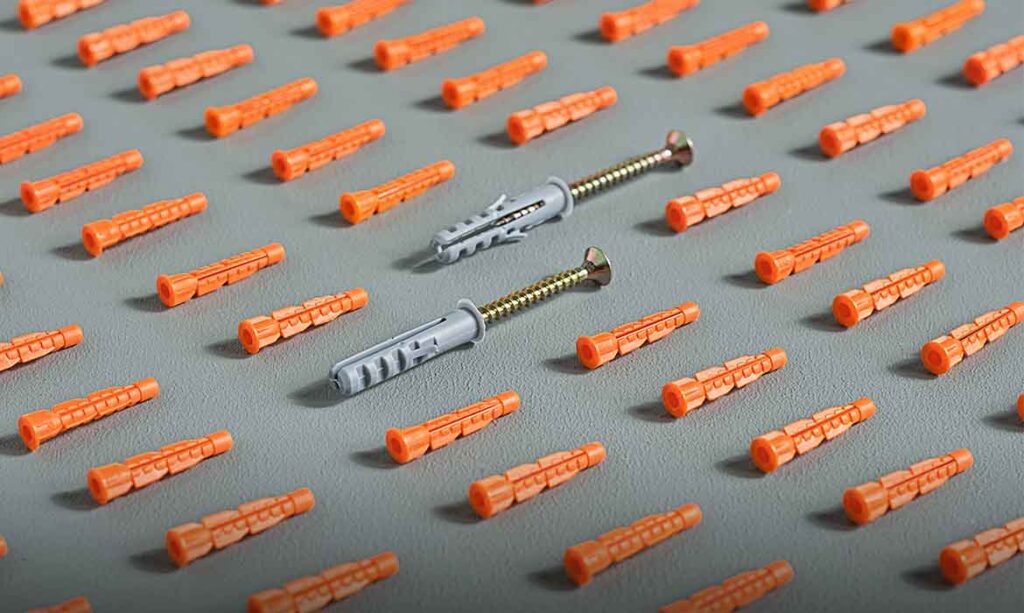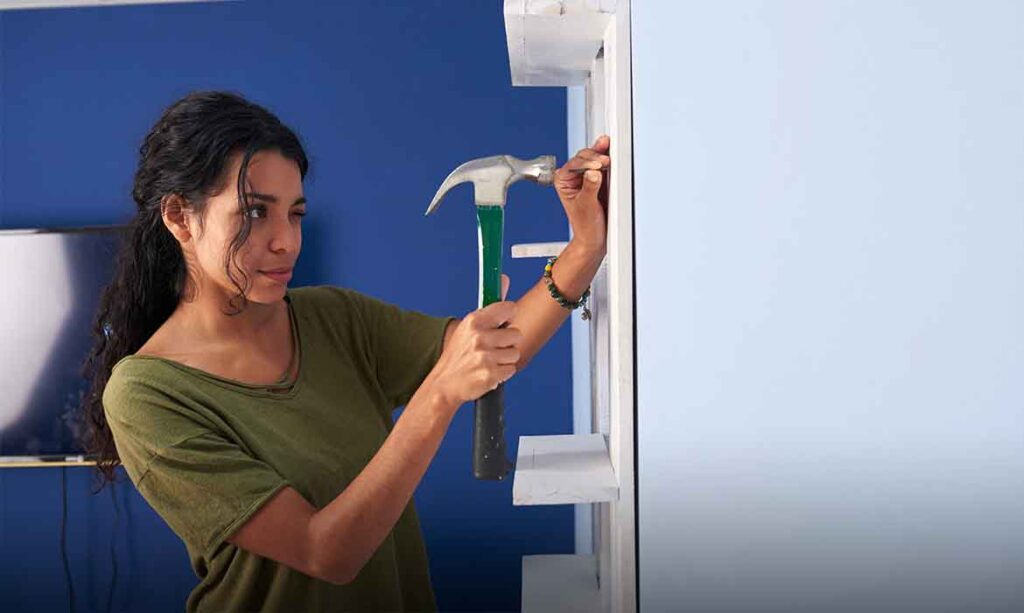What Are Bowed Basement Walls?
When basement walls curve inward, they’re called bowed walls. This usually happens when outside soil or water puts too much pressure on them. Bowed basement wall repair methods help stop the movement and prevent dangerous cracks. In older homes, bowed walls often appear faster because materials weaken with age.
What Causes Basement Walls to Bow?
Excess moisture is a major culprit. Rainwater, poor drainage, or even tree roots push against foundation walls. Over time, this creates dangerous curves. Without foundation repair, pressure keeps building. Ignoring it doesn’t just damage the basement—it can also affect the entire structure of your home.
How Much Basement Wall Bowing Is Acceptable?
A small lean of less than one inch may be monitored, but more than that signals trouble. Industry experts agree any bowing beyond two inches needs immediate attention. Quick basement wall repair prevents total collapse and saves you from spending double later on.
Best Bowed Basement Wall Repair Methods
Method 1: Carbon Fiber Strips Reinforcement

Lightweight yet stronger than steel, carbon fiber strips lock walls in place. They’re ideal for small to medium bowing. Homeowners like them because they’re discreet, low-maintenance, and affordable compared to heavy-duty fixes.
Method 2: Wall Anchors for Stabilization

Anchors are installed deep into soil outside your basement. Then, steel plates inside connect to these anchors, pulling the wall straight. This is one of the most reliable bowed basement wall repair methods for severe leaning.
Method 3: Steel I-Beams for Structural Support
I-beams are installed vertically along the bowed wall, bracing it permanently. They’re highly durable and stop walls from moving further. While not as sleek as carbon fiber, they provide unbeatable long-term strength.
Method 4: Wall Pins Installation

Wall pins are drilled through blocks to tie walls together. This method works well for homes with block foundations where internal shifting has weakened the wall’s grip.
Method 5: Helical Tieback Anchors
These anchors are screwed into stable soil outside, pulling walls back into position. They’re perfect for serious bowing. Tiebacks combine strong engineering with proven stability.
Method 6: Complete Wall Rebuild
When damage is beyond repair, rebuilding the wall is the only option. It’s costly but ensures safety and restores long-term strength. Sometimes, it’s the best solution to protect your entire foundation.
Bowed Basement Wall Repair Cost
Repair costs vary widely. Carbon fiber strips may cost a few thousand dollars, while wall rebuilds can run into tens of thousands. The exact price depends on how far the wall has moved, soil conditions, and your home’s age. Investing early saves money later.
DIY vs. Professional Bowed Basement Wall Repair Methods
DIY fixes, like patching cracks, may seem cheaper. But they rarely solve the actual problem. Professionals bring specialized tools, engineering knowledge, and warranties. Choosing experts ensures foundation stability and peace of mind that your home is truly safe.
Bowing Basement Wall Repair Near Me
Searching “bowing basement wall repair near me” gives dozens of options. But not all contractors are equal. Look for proven experience, transparent pricing, and strong reviews. Trusted companies like Lux Foundation Solutions specialize in advanced repair systems and long-lasting results.
Schedule Your Free Estimate Today
Don’t wait until the damage worsens. Explore the right solution for your home with experts who understand bowed basement wall repair methods inside and out. Contact Lux Foundation Solutions today and schedule your free estimate for complete peace of mind.
FAQs
How to repair a bowing basement wall?
You can repair a bowing basement wall with carbon fiber strips, wall anchors, steel I-beams, or in severe cases, a full wall rebuild.
How to correct a bowed wall?
Correcting a bowed wall often involves reinforcing it with anchors or beams to stop movement and restore stability.
How to fix a bowing retaining wall?
A bowing retaining wall is usually fixed with tieback anchors, soil reinforcement, or rebuilding if the damage is extensive.
How to straighten a bowed brick wall?
Straightening a bowed brick wall may require helical tiebacks or complete reconstruction, depending on the extent of the bowing.
What causes basement walls to bow?
Basement walls bow due to hydrostatic pressure, poor drainage, expansive soils, or external forces like tree roots.

